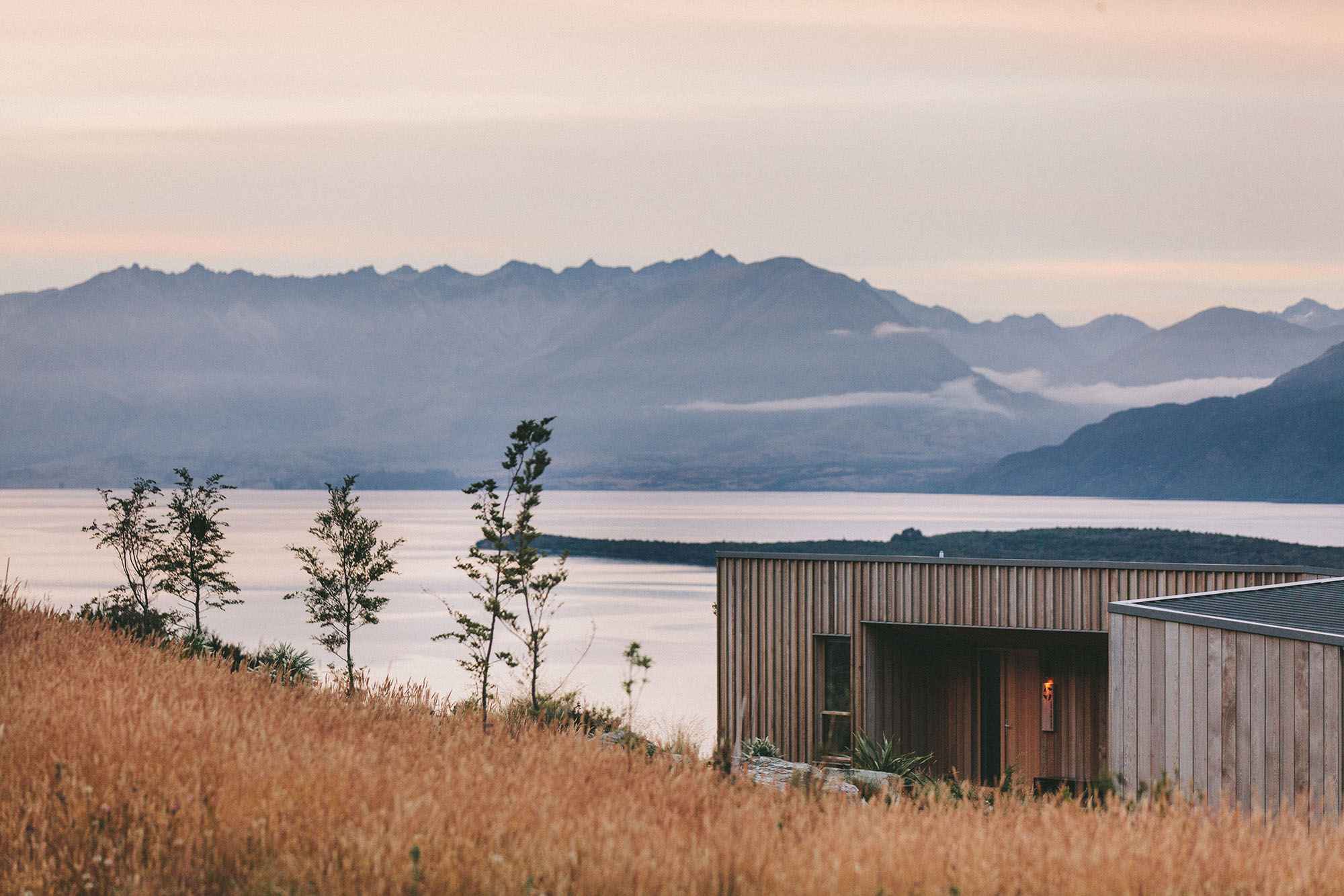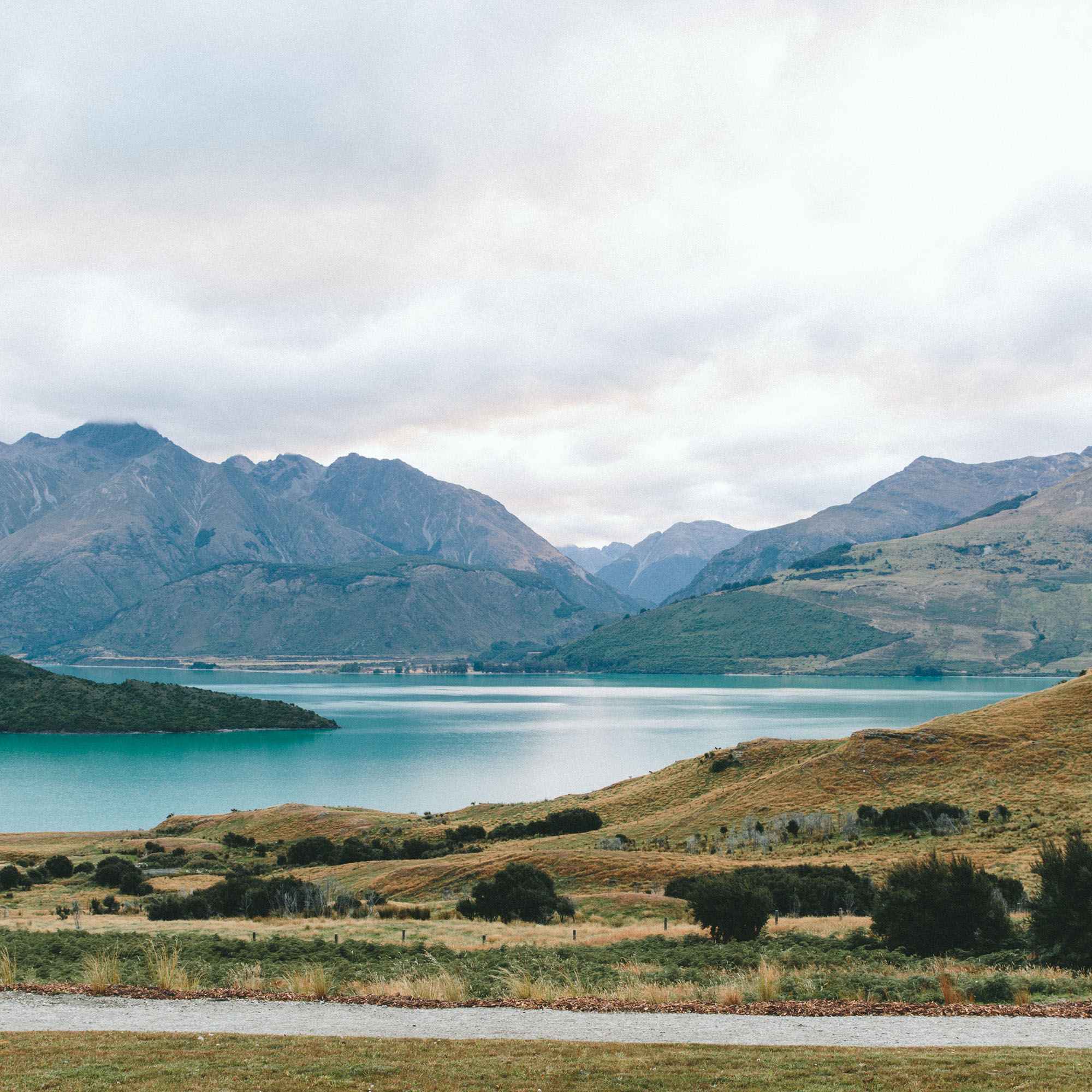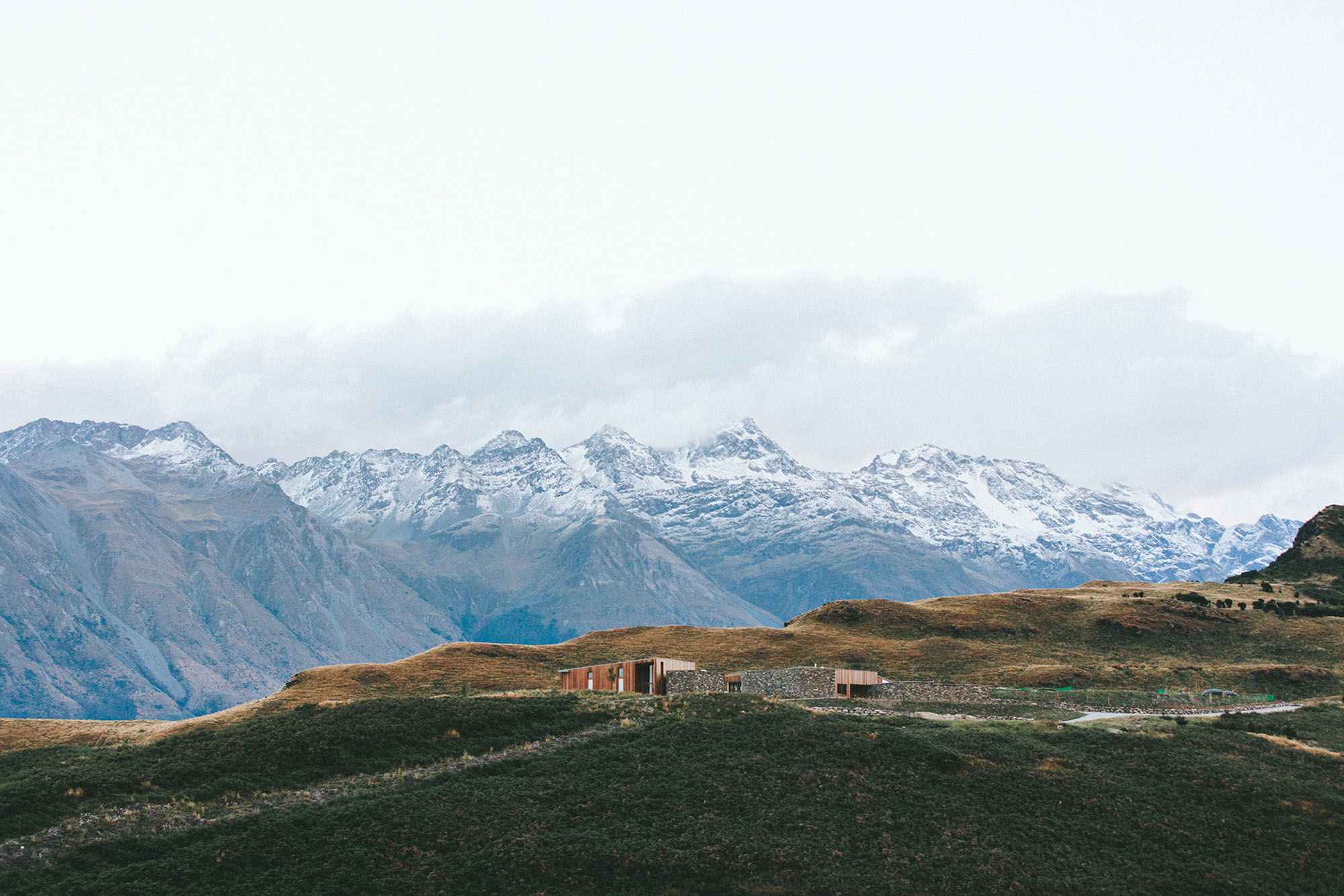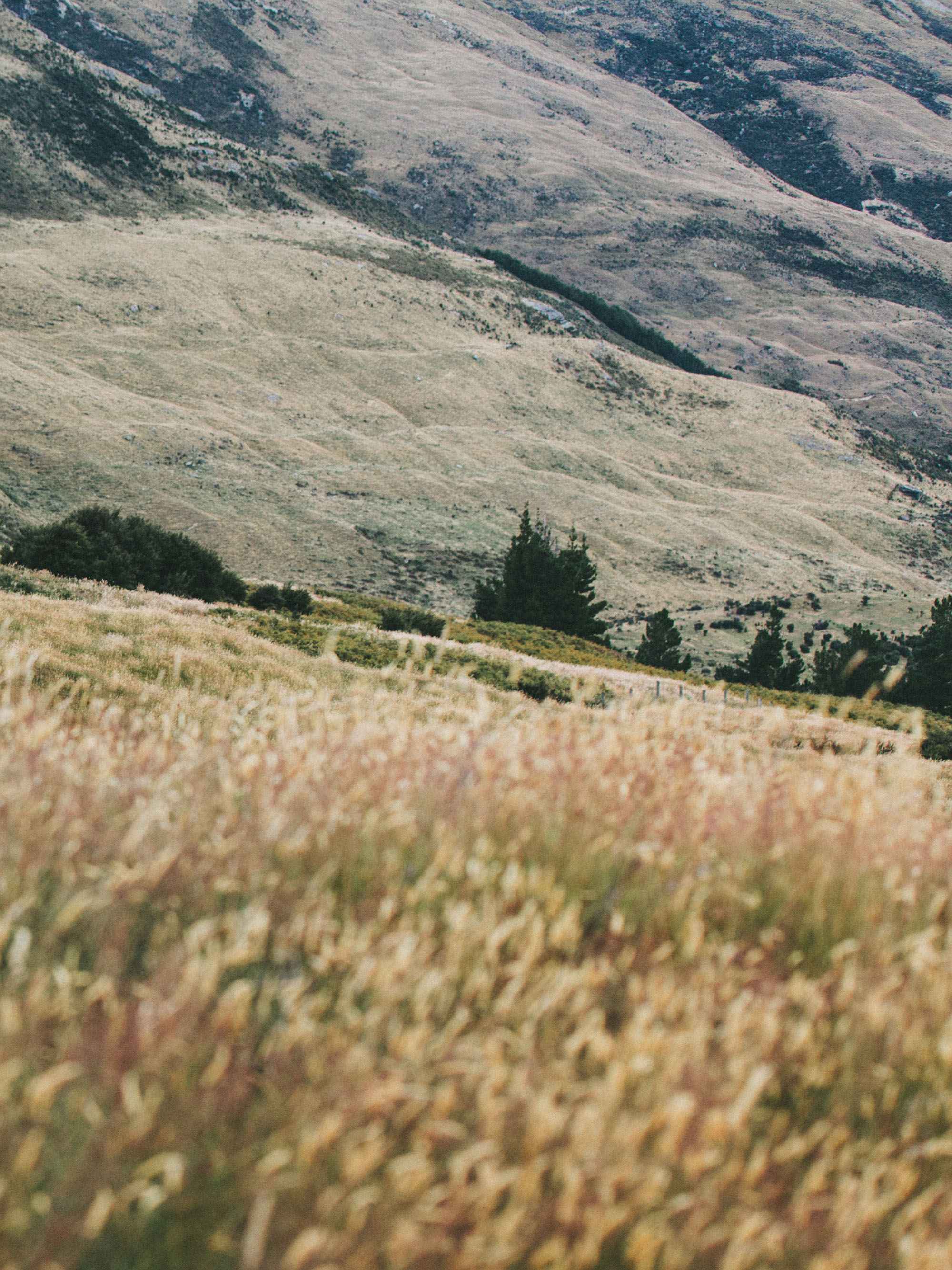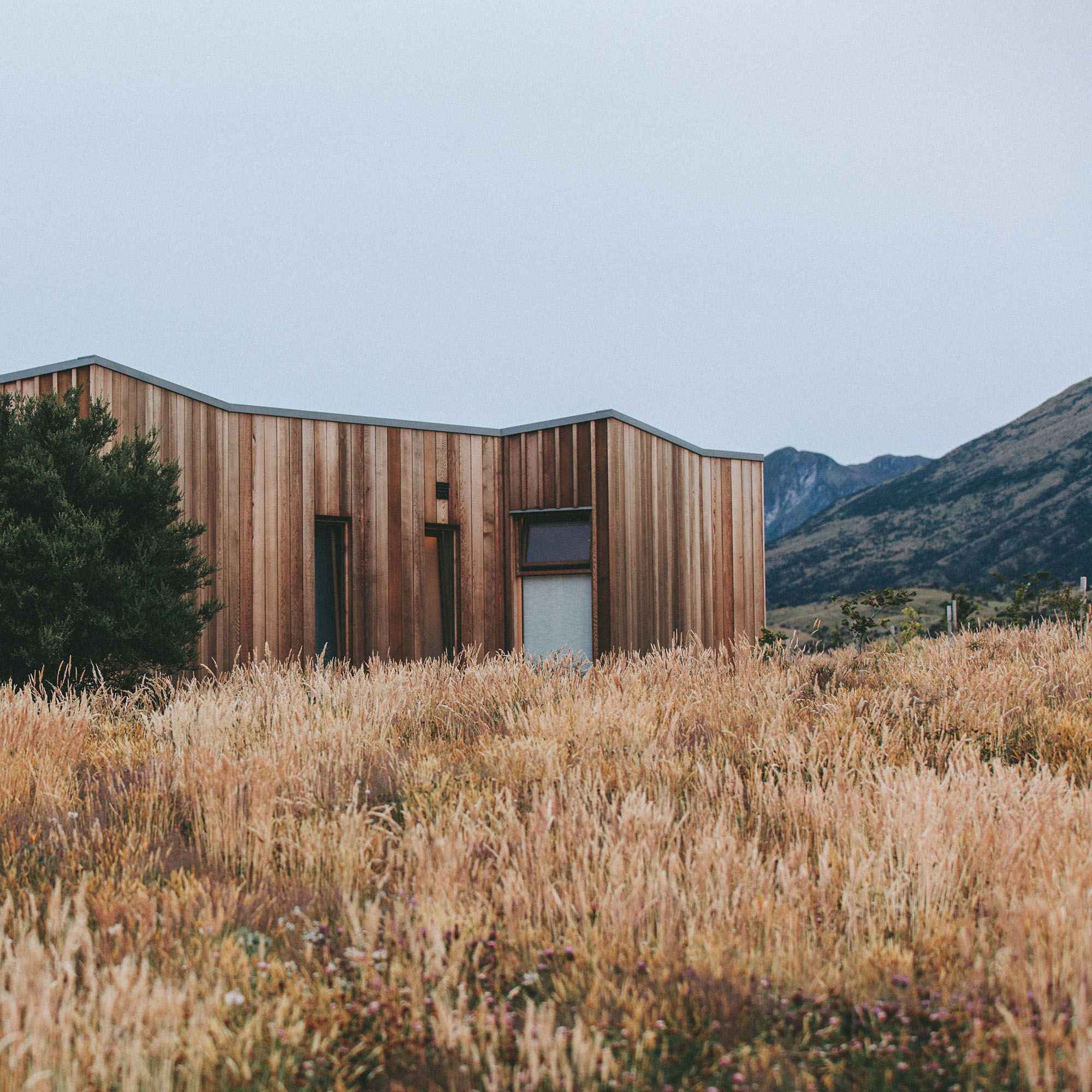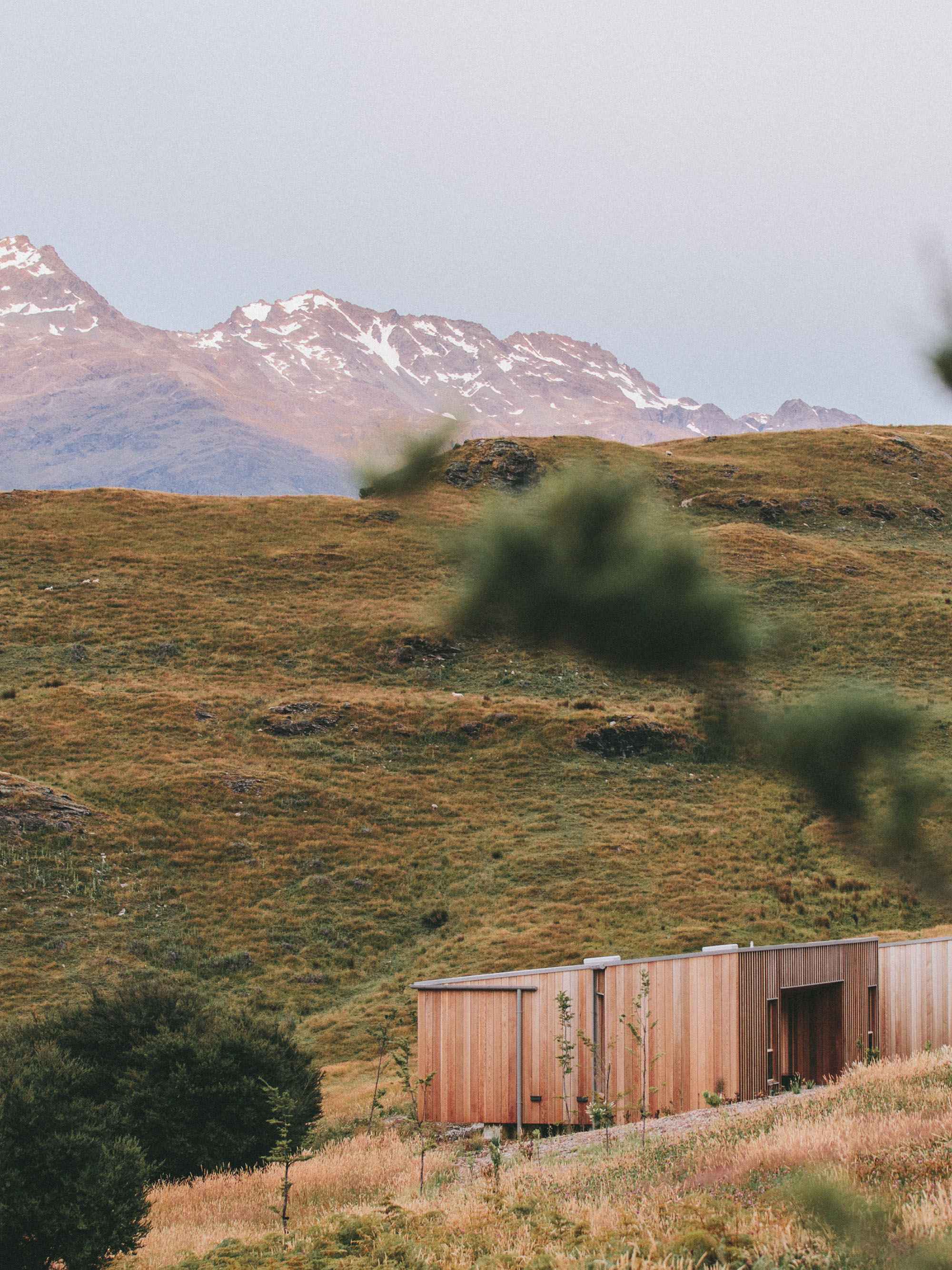Your Custom Text Here
11/7 The Beginning (New) of the Chan Monastic Practice


This is the Chan/Zen fourth patriarch’s temple, Sizusi /四祖寺. SiZuSi (Si=Fourth, Zu=Patriarch, Si=Temple) was founded in 624 AD. SiZu or Master Daoxin taught Buddhism here for nearly thirty years and had around 500 disciples. He began the monastic community practice and promoted "Equal Emphasis in Sitting and Working" which was a change from the earlier Alms Begging practice. On another note, one of his disciples, Xinglu Falang became the founder of Korean Chan/Zen or Seon.




Above pics of the Temple Gate are Avalokitesvara Bodhisattva in the center flanked by two protective Vajra Lords, General Hen and General Ha.








Notice some of the external walls are painted with the green colors; they remind me a lot of the Korean temples that I visited. I could not take pictures of the Buddhas in the main hall so I took a picture of the 'description', The tree picture shown below is over one thousand years old.
Sizusi, Dahe, Huangmei, Hubei, China
11/4 Historic Ordination Platform - Temple
宝华山 隆昌律寺/Baohuashan Longchanglusi
Felt like I was backpacking in Korea visiting ancient Buddhist temples again. There is a large white Avaloksittvara statue close to the entrance of this temple LongChangSi. From the temples I visited in Korea, many also had large white Buddha or Boddhisattva statues by the entrance.




BaoZhi monk founded the LongChangSi over 1500 years ago and at around that period it was considered one of top Vinaya schools from the 480 Sanskrit temples in this area. This temple became more well known when the abbot was requested to ordain the Emperor Shizong of Qing Dynasty approximately 300 years ago.
A famous one thousand years old ordination platform resides at this temple. It’s been “remodeled” during the Qing Dynasty, a few centuries back. It’s one of four in China but considered the most important with monastics coming from as far as India, Thailand, and Japan to perform their ordination.
The pond in the first picture below the statue is an animal release pond, for turtles and fish originally meant for human consumption.
Longchangsi, Baohuashan, Jurong, Jiangsu, China
11/3 Temple of childhood fables & Grand Prayer - JinShangSi
JinShanSi, 金山寺, was built over 1600 years ago. It was incorporated into an ageless Chinese fable, Legends of the White Snake some times ago.




A White Snake spirit benefited greatly through an accidental and innocent act of a boy called Xu. Eighteen years later while in her human guise, fate brings them together and they fell in love, married and had a son. A jealous Turtle spirit witnessed and plotted his sabotage. While in human guise this Turtle spirit impersonated a JinShanSi Buddhist monk, revealed the true nature of the White Snake to her husband Xu and then eventually imprisoned her in a pagoda in JinShanSi. But love and perseverance prevailed, White Snake was freed and reunited with her family; the Turtle spirit fled.




But more importantly, 1500 years ago Emperor Wu Di of Liang (considered by some as the Ashoka of China) helped to establish an annual prayer that is called The Grand Prayer (and many variant names like Liberation of Rite of Water and Land), which is practiced today and it all started at JinShanSi. This prayer is considered as one of the greatest and most powerful and its goal is to invite sentient beings to help other sentient beings less fortunate, from across the realms.
No.62 Jinshan Rd, Runzhou, Zhenjiang, Jiangsu, China
11/3 Island temple





The whole island is essentially the temple called DingHuiSi, 定慧寺. From across banks the island does not look like a temple but it essentially encompasses the whole island. Built during the Han Dynasty, around 1500 years ago, this temple still has its original architecture, surviving the red guards during the Cultural Revolution likely due to its island inaccessibility.





I’ve seen the fish, looks like dragon fish “bong”, at many temples such as the temples in Korea. A kind monastic explained that they would strike the fish to call everyone back for mealtime. As for the coin “hudian” they would strike that to gather everyone for announcements.
Late Master Dong Chu, the teacher of late Master Shen Yen who founded of Dharma Drum Mountain, was the abbot here.
Jiaoshan Dinghuisi,Dongwu Rd, Jingkou, Zhenjiang, Jiangsu, China
11/2 JiangZhen, Abbot of DaMingSi, traveled to Japan to help establish early Japanese Buddhism






DaMingSi, 大明寺, was first built in 457-464 AD. The famous monk, Jiangzhen who was also a scholar in architecture and medicine traveled to Japan at the request of Japanese priests. There he established the Ristu Sect, one of six Buddhist sects in the ancient capital Nara Japan, built the temple Toshodai-Ji, and brought other cultural technology to Japan. JiangZhen or Gangjin (Japanese), he and other Chinese monks from his entourage undertook the ordination of Japanese monastics in 755 AD to help establish Japanese monastic sangha. An ordination platform was constructed for this purpose at Todai-Ji by the order of the Japanese emperor.
If you have visited Nara, you would recognize the resemblance of the temple and pagoda architectures. When I visited Toshodai-Ji and Todai-Ji in Nara, I never thought that today I would be connecting the dots with DaMingSi.
Side note; DaMingSi has a university where all their students must also learn traditional Chinese medicine, traditional Chinese music, along with two additional foreign languages, English and Japanese.
8 Pingshantang E Rd, Weiyang, Yangzhou, Jiangsu, China


















